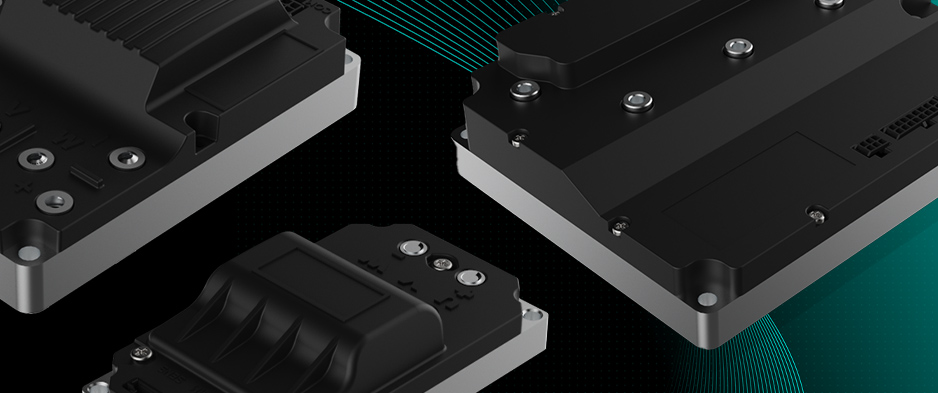Servo drive: what it is and what it’s for
Motion control systems consist of four main components: a motor, a drive, a controller, and a feedback device. The servo drive acquires the command signal from the controller and adjusts or amplifies it to transmit the specific amount of voltage and current required to achieve the required motion to the motor. The servo drive then controls the current to produce torque but depending on the different voltages and currents it can also control position, speed and/or torque.
In other words, servo drives are the nervous system of the servo system. In fact, their task is to communicate as much detail as possible to the engine what to do, how to do it and when to do it. This process of reading and responding to the feedback makes the system closed loop. Its function makes it a vital component for instant coordination between CNC components, and in fact, if something goes wrong with the servo drive, the CNC machine will malfunction.
How a servo drive works
Let’s see how servo drives work:
- The control board sends a command signal.
- The servo drive receives the signal.
- The servo drive amplifies the low power signal to make the servo motor move.
- There is a sensor on the servomotor that communicates the motor status to the servodrive via a feedback signal.
- The drive adjusts the frequency of the voltage to match the initial signal received from the control panel.
NERVO, the new generation servo drive by ESA
NERVO is ESA’s latest generation servo drive. Effective and reliable, it allows you to control different types of motors, including synchronous and asynchronous PMAC brushless motors, all with configurable feedback. Furthermore, with a battery voltage between 24 Vdc and 72 Vdc, NERVO guarantees an excellent balance of power, performance, and functionality.
Thanks to its compactness and sturdiness, the ESA servo drive can be installed reducing costs to a minimum and integrates very well even in very confined spaces, without this compromising its output performance.
Additional features:
- Configurable feedback
- Firmware customization
- 2 configurable digital inputs
- 2 configurable digital outputs
- 2 configurable analog inputs
- 3 internal temperature sensors
- 1 inclinometer for safe monitoring in case of dangerous vehicle behavior
- Configured and controlled via TKSED, with options of:
- Parameter configuration
- Current, speed and position adjustment
- Basic configuration
- I / O Debugger
- CAN Debugger
- Unit programmer
- Purpose

